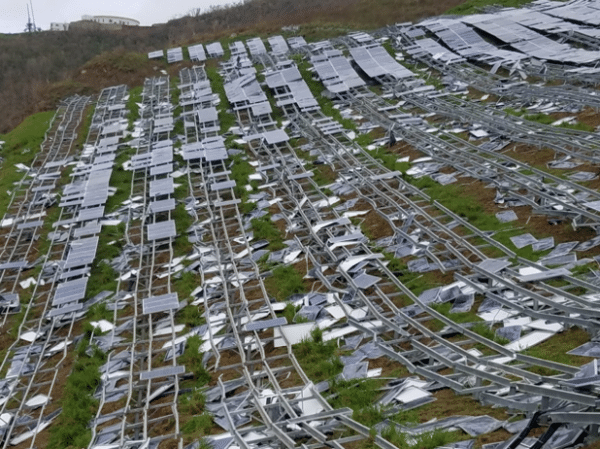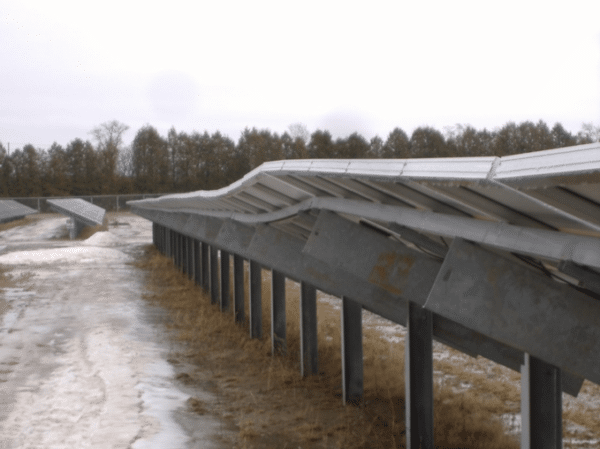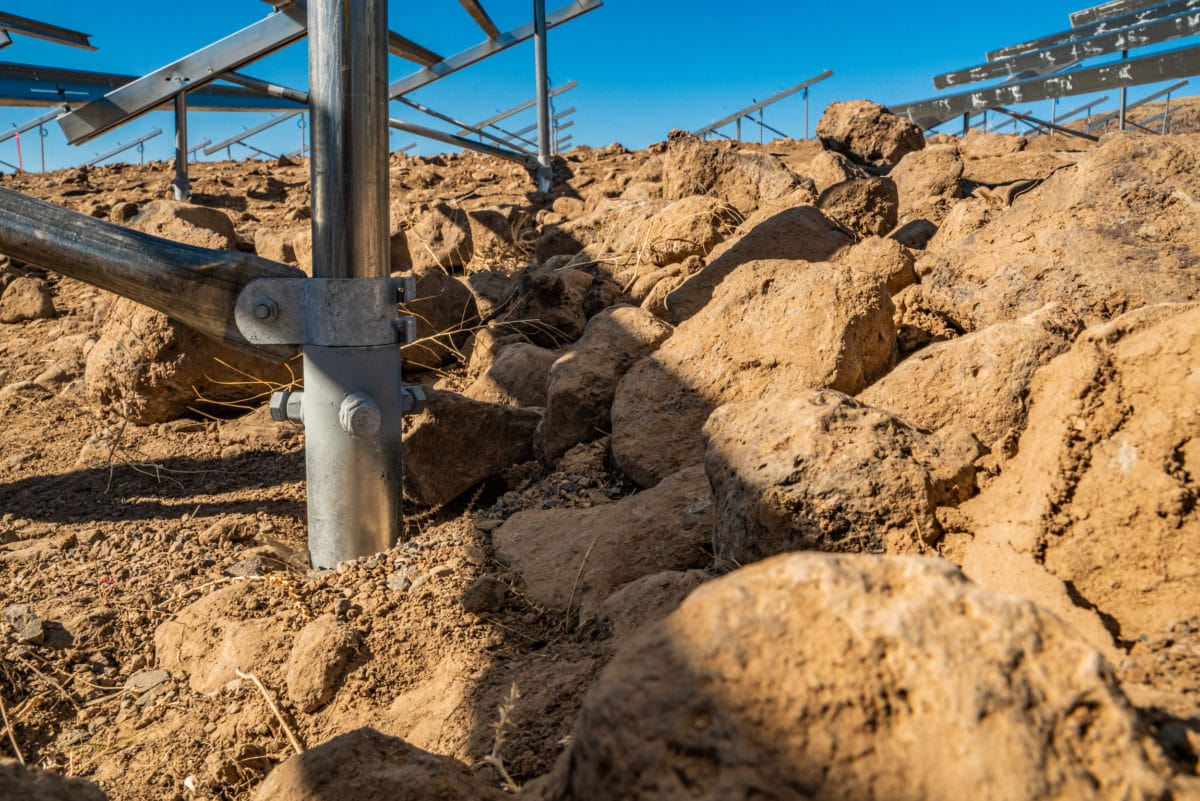The Structural Engineering Institute (SEI) of the American Society of Civil Engineers (ASCE) recently approved the formation of a new committee whose purpose is to provide guidance to the solar industry on the design, development, and construction of solar photovoltaic (PV) structures.
This committee, called the Solar PV Structures Committee, is comprised of engineers, manufacturers, contractors, permitting officials, and owners. The mission of the committee is to focus on the structural and geotechnical design of the unique structures that support PV modules on building rooftops, carports, and ground mount facilities so that these structures can be both reliable and economical in a consistent manner throughout the country.
To the untrained eye, PV structures may be perceived as simple to design and well-understood by the engineers and manufacturers that design and build them. However, the reality is that the racks that support the PV modules are unique structures, and the current structural design standards and building codes, typically written with conventional bridges and buildings in mind, are not sufficient for the solar industry to be both reliable and economical.

The continual push to economize PV facilities is driving the need for detailed design guidance from the PV industry as the benefits of “sharpening the pencil” can be tremendous. On large-scale utility projects, the structural elements are repeated thousands of times and optimization of these elements can yield significant savings.
For instance, on a 200 MW project, there can easily be 100,000 piles. Decreasing the pile length from 15 ft to 13 ft can save millions of dollars. But properly justifying this optimized pile length requires a thorough understanding of the behavior of a PV racking structural system under all load conditions, as well as a concurrence among all stakeholders on the acceptable risk of failure compared to the cost required to reduce the risk to an acceptable level.
Without a reliable and consistent approach to the design of these types of structures the solar industry will continue to struggle with failures, misunderstandings, inconsistent designs, and potential litigation.

The committee strives to be the PV industry’s arena for collaboration and sharing lessons learned so that everyone can benefit. This can be challenging, but to better understand the behavior of PV structural elements, collaboration needs to take place. Buildings and bridges have decades of experience and research that can be used in their design – PV structures do not.
For ground mount PV structures, no formal industry guidance has been provided to engineers on how to reliably and consistently design them. When there is no design guidance, engineers do their best while working within the constraints of the project schedules and budgets. This tends to lead to inconsistent and/or unreliable designs. This new committee wants to fill in this knowledge vacuum and provide the guidance the industry is looking for.
The committee is currently collaborating on important topics such as wind loading, snow loading, corrosion, frost jacking (heaving) of piles, pile testing, PV-specific reliability indices, and more.
An ASCE Manual of Professional Practice is currently being developed that will be followed by a detailed industry design standard. The committee plans to publish updates and best-practice articles so that PV solar structural and geotechnical engineers can begin to perform consistent and reliable designs. Stay tuned for future articles on the advancement of structural and geotechnical design of solar PV structures.
Jon Manning is a structural engineer with Kimley-Horn. Steve Gartner is the chair of the new ASCE committee on solar PV structures and is a senior structural engineer at HDR. Both are based in Minnesota.
The views and opinions expressed in this article are the author’s own, and do not necessarily reflect those held by pv magazine.
This content is protected by copyright and may not be reused. If you want to cooperate with us and would like to reuse some of our content, please contact: editors@pv-magazine.com.








By submitting this form you agree to pv magazine using your data for the purposes of publishing your comment.
Your personal data will only be disclosed or otherwise transmitted to third parties for the purposes of spam filtering or if this is necessary for technical maintenance of the website. Any other transfer to third parties will not take place unless this is justified on the basis of applicable data protection regulations or if pv magazine is legally obliged to do so.
You may revoke this consent at any time with effect for the future, in which case your personal data will be deleted immediately. Otherwise, your data will be deleted if pv magazine has processed your request or the purpose of data storage is fulfilled.
Further information on data privacy can be found in our Data Protection Policy.